Stanford University Campus, in California, is famous for its important collection of exotic trees. Among them are some iconic Queenslanders: bunya pines and bottle trees.
I first became aware of the Stanford trees when reading “The Overstory”, a Pulitzer Prize winning novel by American writer Richard Powers.
In the novel, Neelay Mehta, a young master coder and online game designer, is working at Stanford University. While thinking of fresh images and surreal graphics for a new game, one evening he crosses the campus in search of vending machine snacks. Turning a corner into the central quadrangle he sees something that amazes him: a tree that is “bulbous and elephantine …the most mind-boggling organism he has ever seen… A living hallucination from a nearby star system at the other end of a wormhole in space.”
As he reads on a placard, it’s Brachychiton rupestris – familiar to us all as the Queensland bottle tree.
Finding a bottle tree, something I’ve regarded with delight since I was a child, in a dense, powerful American novel was startling. It was as if I’d suddenly come across an old friend from the mid-west of Queensland in this glamorous Californian campus.
The writer of “The Overstory”, like my own children, would have grown up with “The Lorax”, by Dr Seuss. In the book the Lorax introduces himself: “I am the Lorax. I speak for the trees.” Powers does that too: he speaks for the protection of trees.
Queensland has many wonderful and bizarre tree varieties, from desert country to tropical rainforest, that could provide inspiration for fantasy novels, movies, and games. Strangler figs slowly devouring neighbouring trees, their roots snaking out across the ground around them, or dangling towards the earth. Ancient eucalypts covered in burls.
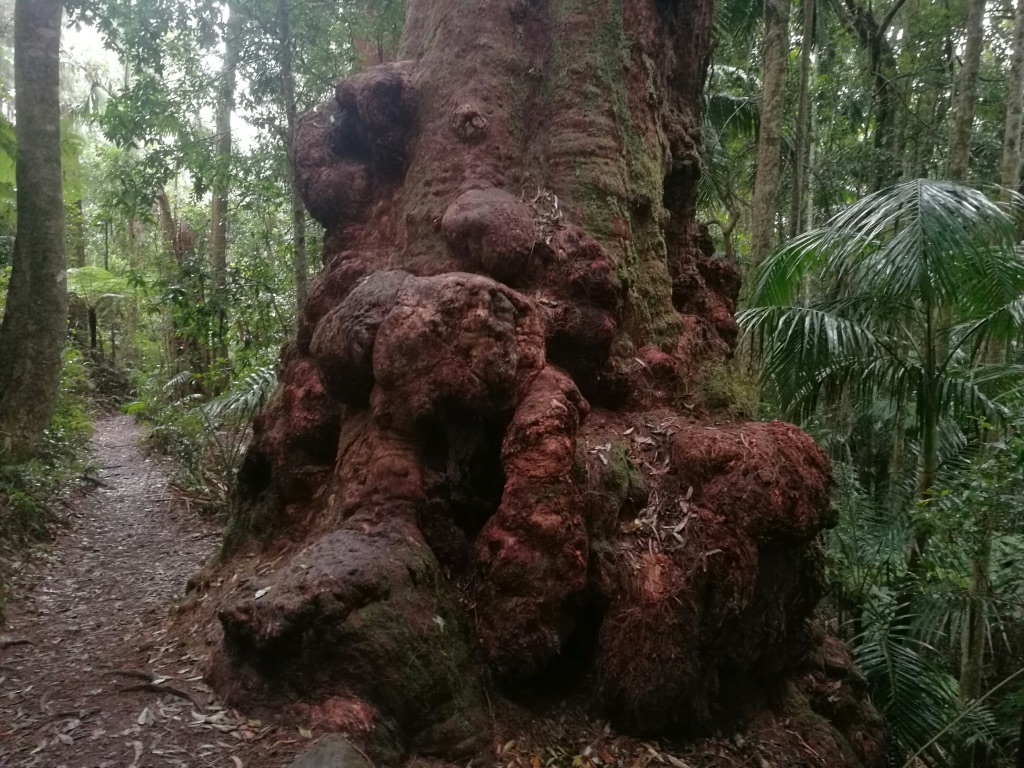
The notorious stinging tree, the gympie-gympie, that hurts so much you want to die. The rough bark of hoop pines.
The long, twisted, prickly leaves of bunyas; and bottle trees, tall and commanding on the bare hillsides of the ranges, slim and gently curved, or fat as teapots.
There are beautiful trees in Queensland.
Scribbly gums.

Moreton bay figs. Paper barks and casuarinas.
Mangroves.
Tallowwood trees: rich red trunks, clusters of white flowers, and generous sprawling branches that provide more shade than most eucalypts.
Koalas like tallowwoods, too.
There’s a fine old tallowwood in Yeronga Park, Brisbane. When the evening light touches it, its trunk glows.
Best of all, bottle trees. Born in Barcaldine, my mother grew up with bottle trees in the garden and across the countryside. As children, we’d look out for them on our many road trips. The younger ones can look like a tall white wine bottle; the old ones, anything from a port bottle to a malevolent goblin.
Roma famously has made a feature of bottle trees.
They’re used in the street plantings of many other regional towns as well: Mitchell, Blackall, Tambo, right across the central west, and further afield.
Darling Downs, Rockhampton, even the suburbs of Brisbane.
Last year I planted a bottle tree in my garden, bought from a street-side trailer in Roma.
Bottle trees are notoriously slow growers, so I won’t live to see it look like a port bottle. Maybe one of those small, 250 ml wine bottles they sometimes serve in country pubs.
Online information about the trees of Stanford, over 43,000 of them, includes maps and many photos. Visitors can take guided tours of the campus trees. The university’s unofficial mascot is a tree, and students dress up as them.
There is still a Queensland bottle tree in Stanford’s central quad; but the huge old tree described in “The Overstory” isn’t there anymore.
Perhaps it died of old age; or perhaps amidst the sumptuous Spanish Mission style architecture, arched sandstone colonnades and wonderful trees of Stanford it died of homesickness for the dry hills and plains of Queensland’s central west.

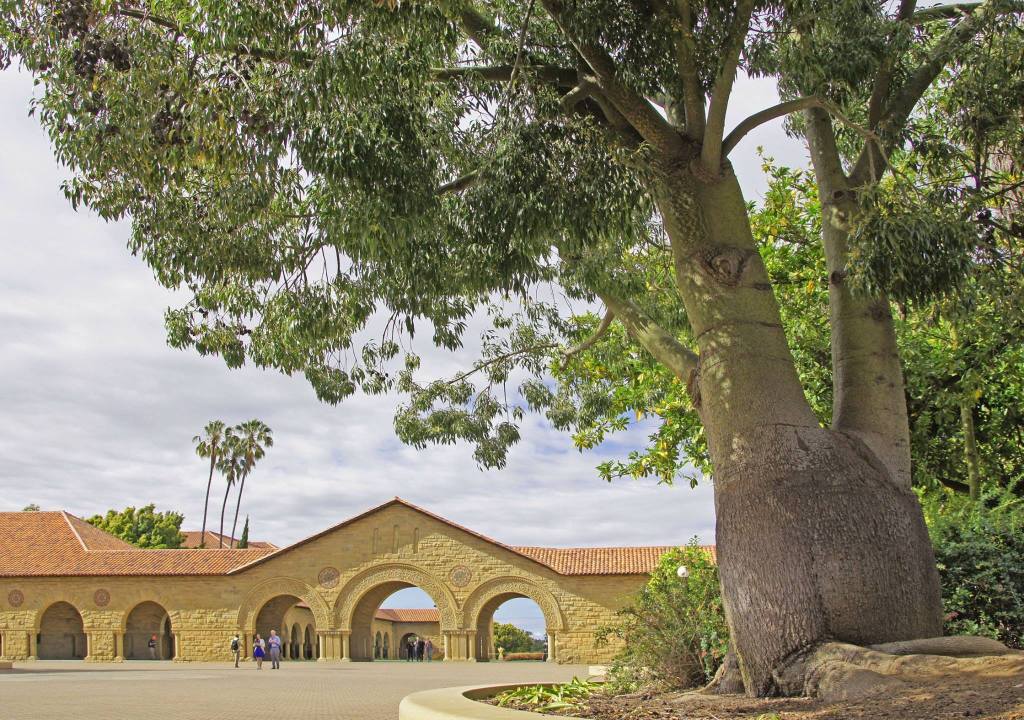



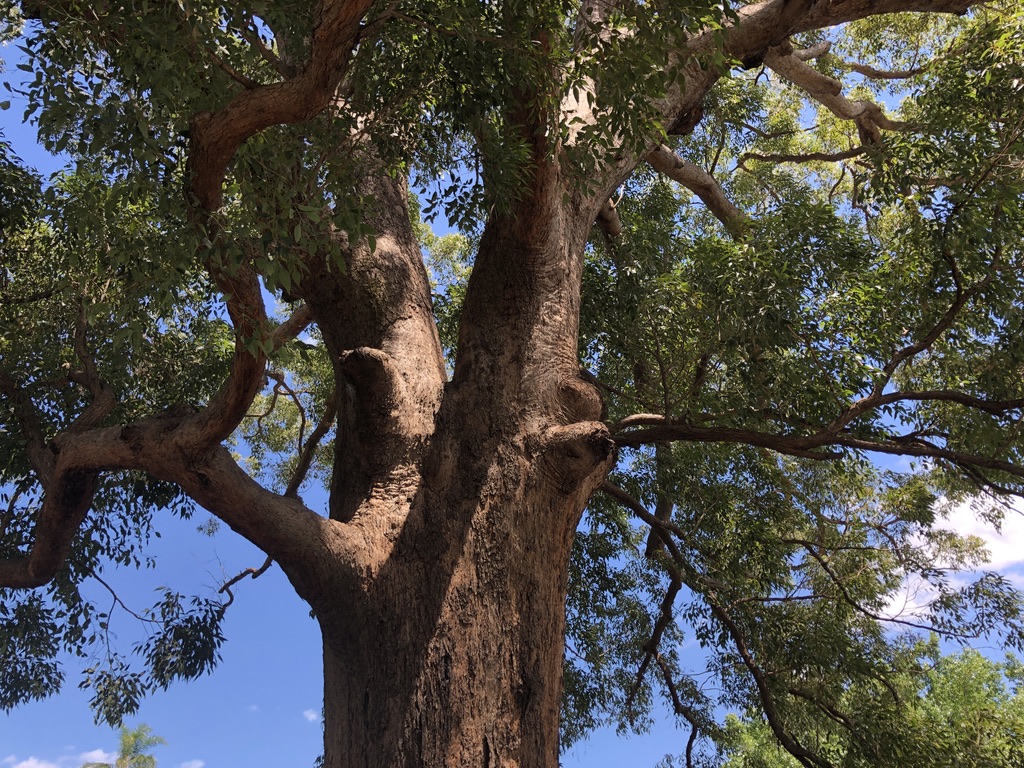



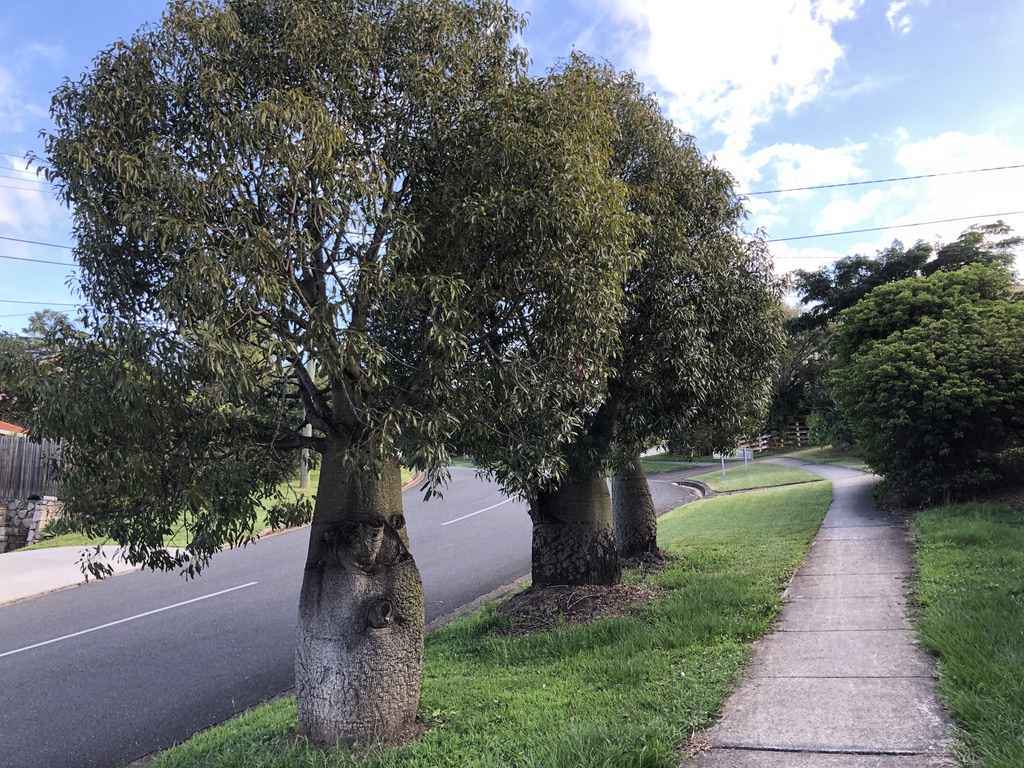
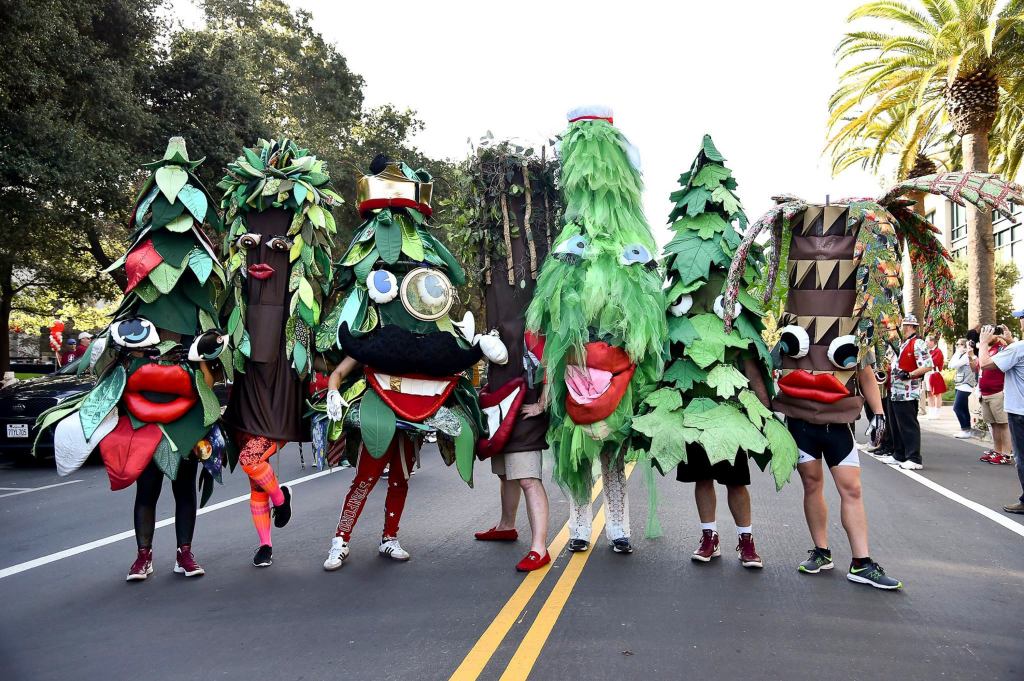
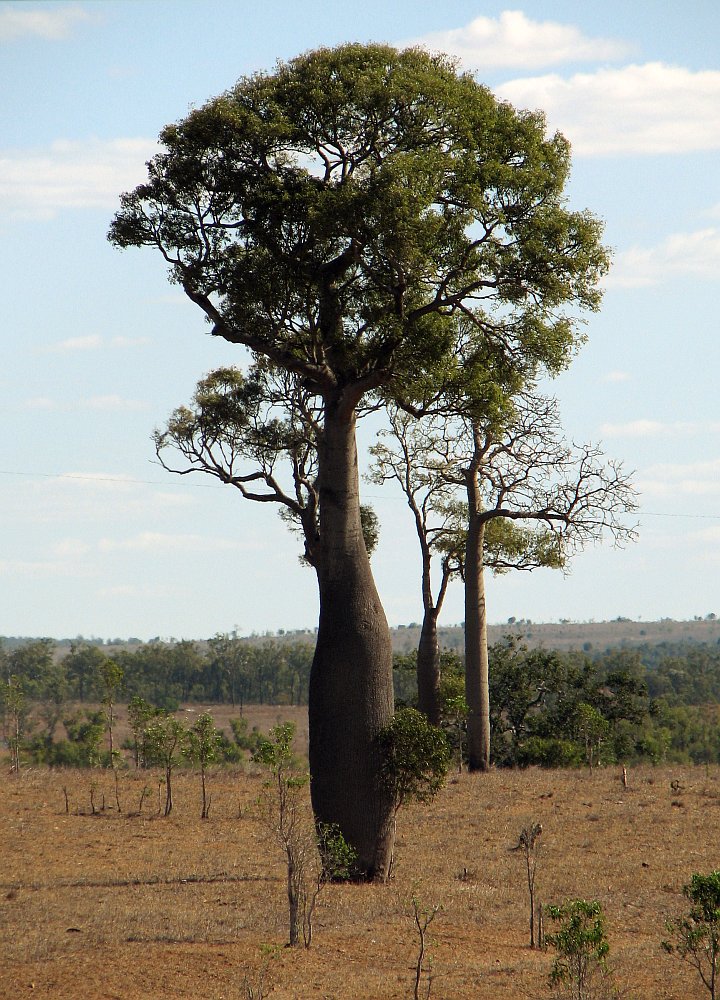
Yes, they are wonderful trees and it’s always a treat to come across them growing either in the bush or in town. We particularly like Roma’s Avenue of Honour, with each bottle tree planted in memory of a local soldier who died in service during World War One. That huge tree in Roma is amazing, isn’t it. This is a lovely post, Rose.
LikeLiked by 1 person
Thank you.
LikeLike